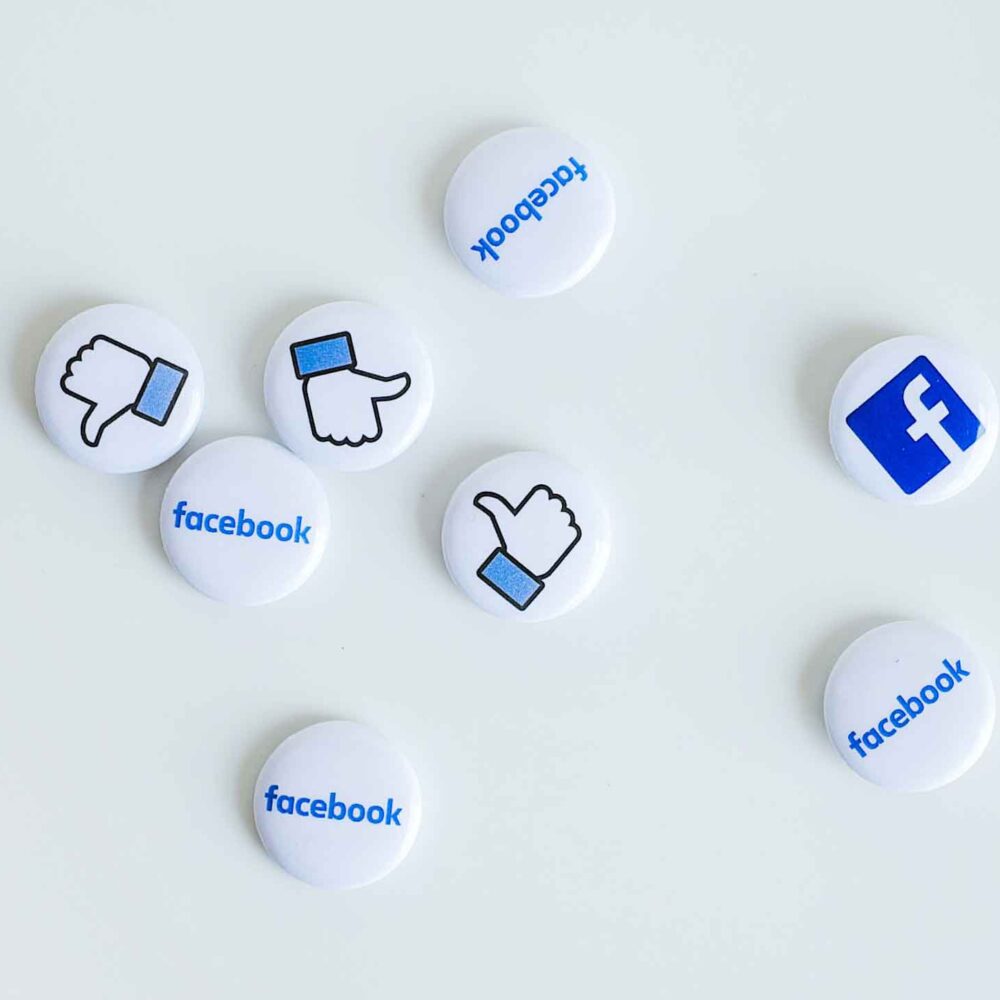
It should come as no surprise that I think data is supposed to help campaigns. I have an obsessive curiosity about digital tactics, online organizing, and migration of campaign software across the American border.
I think that data and digital targeting are key to a good campaign strategy, not a simple distraction. They are just one piece of organizing that informs and tests our methods making us better campaigners. Data-driven campaigns reach people at the fringes and find us passionate supporters. They enable us to learn what small, simple actions work best and help supporters become part of the movement.
When it comes to good campaigning we need to talk about how data is part of organizing not get caught up in a worrying about the ‘hyper-reliance’ on data.
Data is a representation of real people when we track information we learn who are potential supporters, opponents, active volunteers, voters, decision makers, community leaders, influencers. This helps us engage with them on-the-ground and one-on-one.
Canadian progressives need to continue testing the digital waters.
A data-driven election
The 2015 Federal Election, our “first data-driven” election, may have had more digital and data testing but it wasn’t revolutionary. Whether it was phones, computers, or the internet, strategists always try to see how new technologies can better target voters. Political parties in Canada have been using data systems since the 90s to track support.
Since our first “social media election” in 2011, Canadians watched digital strategists try new technologies and platforms in municipal elections (Toronto, Vancouver, Edmonton, and Winnipeg all experimenting with new micro-targeting techniques and platforms such as NationBuilder) and provincial elections. Campaigners learned more about the electorate and honed their voter targeting skills.
In 2015, we saw better databases, door knocking apps, digital media advertising, messaging microtargeting down to the postal code and IP address level to communicate with people. Experiments were run to test turnout and messaging tactics.
Communicating with people, as Loreto writes, is at the heart of organizing — and it was the heart of these tools, tactics, and tests. Parties communicated better, the messages resonated with supporters, not a broad national narrative but, at a community level to convince the undecided. This wasn’t a case of choosing digital communications over traditional organizing it was about finding new methods of engagement.
This isn’t a “deep problem,” we are facing, rather I’m excited for the opportunities to take what we learned from 11-week election and keep engaging.
Making room for the data team
Data doesn’t get in the way, it’s pushed out of the way.
Whether it’s organizational structure or staffer’s “gut instinct” data-informed decisions often get overruled. Data and digital folks fight to show how running tests, even if they will take time/resources/energy, will ultimately make the campaign better.
Data gives us answers it doesn’t talk at people, nor should it ever, it finds ways to talk to people. We aren’t just “gathering information,” we are trying to find new ways to create deep relationships with all potential supporters.
Why the push-back? There is fear in breaking out of the mould of how things “have always been done” or the “way it worked last time.” This attitude and even organizational structure can be holding good data-driven campaigns back.
Running a data-driven campaign will make “gut instinct” more accurate.
Are we being distracted by data?
Is testing and targeting supporters getting in the way of traditional organizing? Does a data-driven campaign take up too much time and resources? Are organizers worrying too much about open rates and not enough about political change?
No, to all of the above.
A data-driven campaign will help us be better communicators. When we know who we are talking to, and the best way to communicate with them, we can find more supporters, find opportunities for feedback and meet community leaders where they are.
Learning more about our supporters shouldn’t take away from our organizing roots — we still need to listen to feedback, engage with community members, and understand the motivations that drive supporters and volunteers.
Vanity metrics, (Facebook likes, retweets, open rate video views) are just that — vanity. Focus should be on strategic email lists, the ladder of engagement, and identifying your most vocal advocates. Data teams work to make informed decisions about messaging, advertising, and resource distribution.
Is data-driven campaigning threatening the priorities of the organization? The goals and mission of the membership? Is there a race to the bottom to match public sentiment?
No, of course not.
If your data tells you that your issue isn’t popular, it means you have to work to understand why that might be the case. We are forced to think outside the box, be creative and find ways to connect our issue to the community, create a sense of urgency, and anger. We are challenged to tell better stories, listen deeply and work harder. Data doesn’t change organizations’ mandates but it helps us win campaigns.
Winning campaigns, after all, is what we are trying to do — but they don’t lack heart, nuance, or are unaware of the ethics surrounding privacy and surveillance.
Data-driven campaigning makes us better organizers. At the end of the day, progressives can’t keep trying the same old tricks and expect new results… let’s try something different.
Give us a call or send us an email if you want help navigating the data waters.



